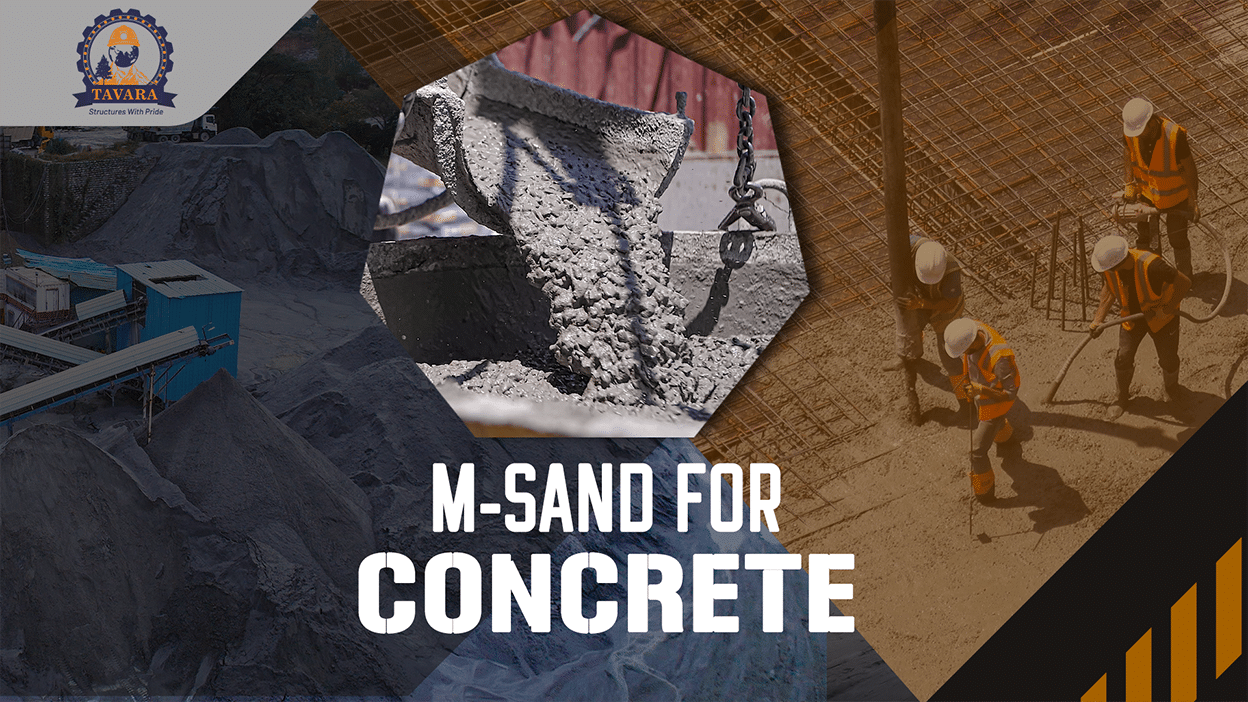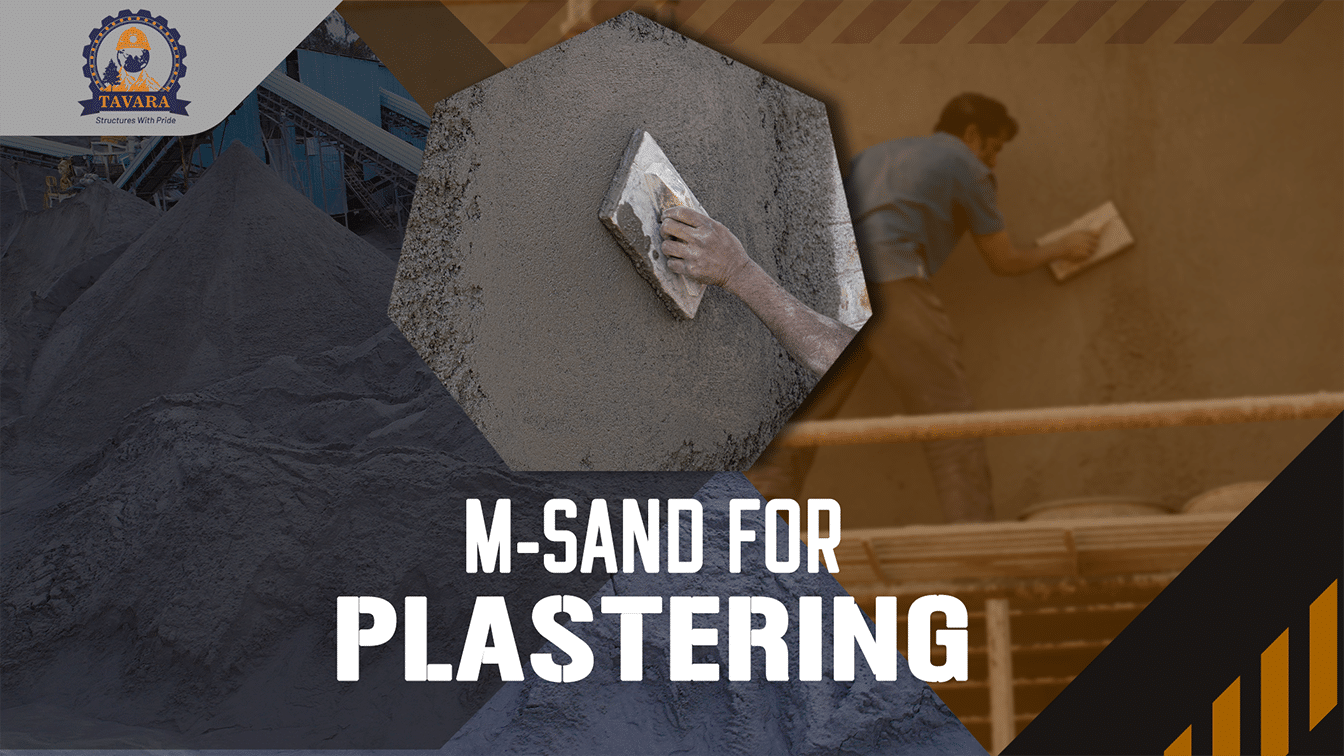Request a free Quote
We are ready to help you.
Importance of M-SAND
India’s population has surged from 105 crore in 2001 to 142 crore today, increasing the demand for housing and, consequently, for sand in construction. However, with a limited number of rivers, excessive sand extraction has caused them to dry up by reducing their water-retention capacity. The invention of manufactured sand (M-Sand), produced from natural rock sources, has been a crucial solution. Unlike sea or ocean sand, which reacts negatively with cement, M-Sand is a viable alternative that prevents the depletion of riverbeds. While stone crushing for M-Sand does cause some environmental impact, it is far less damaging than destroying our rivers. Each M-Sand unit saves a river.
GET TO KNOW TAVARA SANDS
We emphasize on quality, excellence & Timely Delivery
- Renowed Brand
- Prominent Suppliers







OUR SOLUTION
Sustainable solutions for a stronger tomorrow!

perfect Alternative
Due of the global scarcity of natural sand, this is an excellent option.

flexural strength
It has higher compressive and flexural strength. Dust, silt, and clay are also absent from it.

Cost Effective
M-Sand’s Reduces construction costs with efficient use of materials

Strong & Durable
M-Sand’s physical qualities are balanced, strong, & resistant to extreme weather
Our Products
Get the best out of your construction with our high quality M sand!

Manufactured Sand For Concrete

Manufactured Sand for Brick Work

Manufactured Sand for Plastering

Ready Mix Concrete
OUR SERVICES
Precision meets power - Transforming the toughest rocks into your dream landscape

Rock Cutting with Non Blasting Method

Rock Cutting Work

Urban Mining Services
Soft Rock Excavation
Rock Cutting with blasting Excavation
Medium Rock Excavation
Urban Mining Services
Rock Cutting Excavation
Rock Cutting with non blasting Excavation
WHY CHOOSE
Tavara Sands
M-SAND V/s RIVER SAND
M-Sand (manufactured sand) and river sand differ in several key aspects. M-Sand is artificially produced by crushing rocks, ensuring a consistent texture and quality, whereas river sand is naturally available but varies in grain size and purity. M-Sand is free from silt, clay, foreign bodies, and organic impurities, making it more durable and suitable for construction, while river sand often contains such impurities, foreign matter, and soil content, which can affect the strength and durability of concrete. Additionally, M-Sand has better binding properties due to its angular shape, and when produced using a Vertical Shaft Impactor (VSI), it results in cubicle-shaped particles that further enhance the strength of concrete. In contrast, river sand’s rounded particles reduce bonding strength. Importantly, using M-Sand helps conserve riverbeds, preventing environmental degradation caused by excessive sand mining.
TESTIMONIAL
OUR Motivation
Some of Our Clients


























